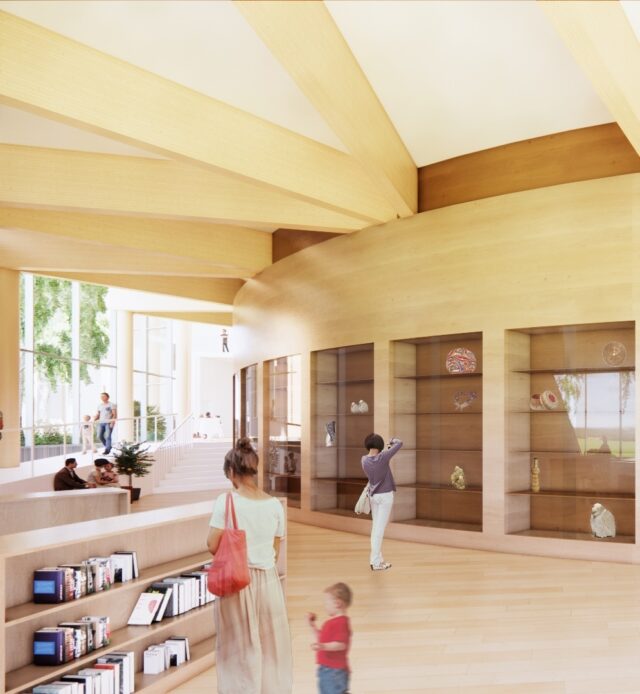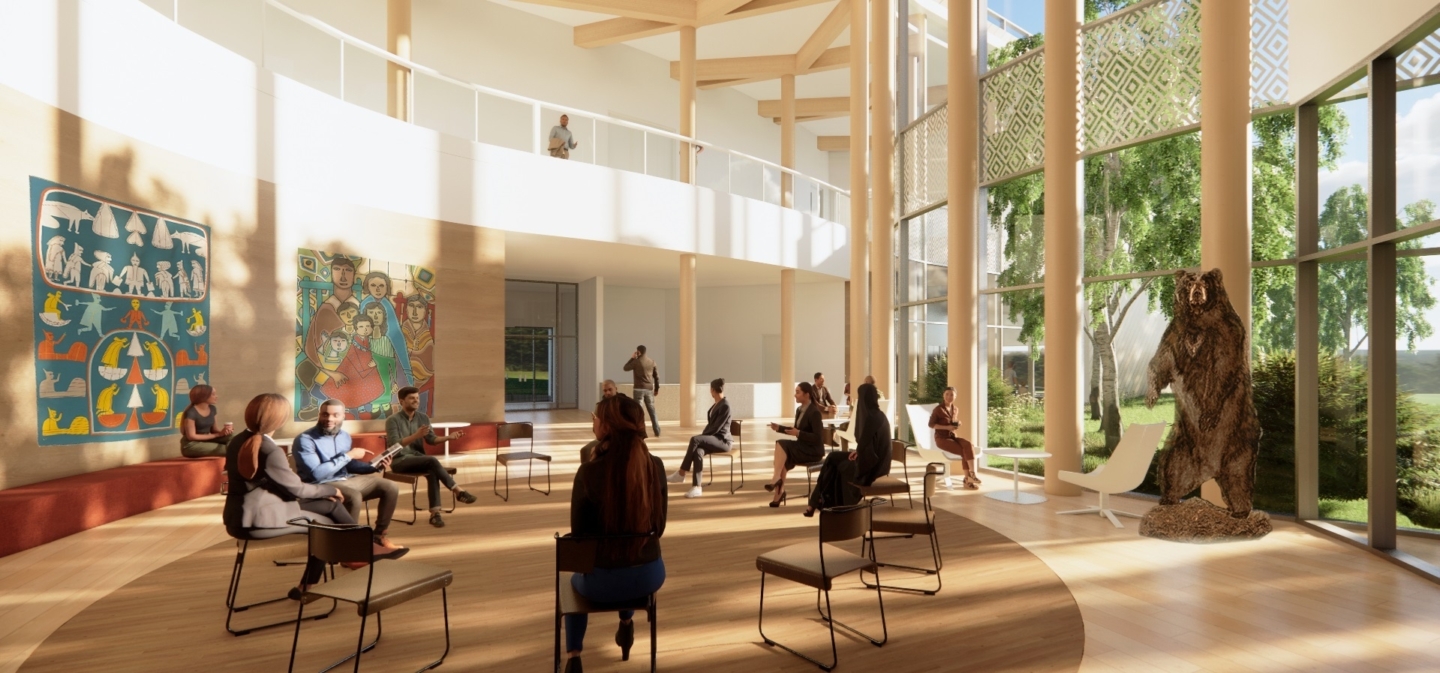Honouring history, Truth and Reconciliation
Situated in the front of Algoma University’s Sault Ste. Marie campus is one of Canada’s oldest residential schools. The Shingwauk Indian Residential School was established in 1873 and took in thousands of students from Sarnia, James Bay Coast, northern Quebec and even the United States over 97 years of operation. The school was run by the Anglican Church of Canada until it was closed by the Department of Indian Affairs in 1970. One year later, Algoma University moved to the site, where the Shingwauk building, now known as Shingwauk Hall, still stands today. To bring public awareness to the institution’s history, the Children of Shingwauk Alumni Association, the National Residential School Survivor Society and Algoma University are partnering to transform Shingwauk Hall into a memorable site that chronicles its history but also brings new life to the campus by celebrating Indigenous traditions, cross-cultural research and education.
While Shingwauk Hall is being preserved for future tours, project stakeholders are collaborating to design a new multi-use addition that connects Indigenous survivors, families and communities with the gifts of the Makwa Waakaa’igan, or the healing bear. Standing three stories tall, the Makwa Waakaa’igan Centre for Cross-Cultural Excellence will tell the story of the past, present and future of First Nation, Métis and Inuit children. The centre will incorporate curved walls and heavy timber, to capture the essence of a sleeping bear as it emerges from its den and begins its walking hibernation through the woods. The facility will also include multi-purpose gathering rooms, research spaces, and a teaching kitchen to preserve Indigenous traditions, teachings, community and culture.
Quick Facts
Algoma University’s Shingwauk Hall building operated as a residential school from 1873 to 1970 and is one of the oldest structural landmarks in the region.
The Children of Shingwauk commissioned a ground penetrating site search in October 2022, which will require further study before construction can begin.
To ensure the archeologists can preserve any hidden artifacts and/or grave sites, we suggested splitting the project into two contracts – which allots time to investigate and helps to mitigate potential delays.
Navigating a historic site
Algoma University reached out to the Ontario Education Collaborative Marketplace (OECM) to secure a qualified professional project management firm and ultimately brought in our team, as an OECM vendor of record, to provide project management and construction solutions services for the project. We understand that the development of the Makwa Waakaa’igan Centre will be incredibly meaningful for local Indigenous communities and survivors of residential schools. Given the history and sensitivities surrounding the project site, this project requires great care to ensure we can minimize the impacts of construction to Shingwauk Hall and the lands surrounding the project site.
With such a long-standing history, the project team is carefully considering the possibility of hidden artifacts or unmarked graves before disturbing the land. The Children of Shingwauk commissioned specialty vendors to conduct a ground penetrating radar site search in October 2022, which will require further study before construction can begin.
To avoid potential delays, our project managers suggested splitting the project into two separate contracts – the first including demolition, excavation and early works, and a second for construction of the new facility. This strategy enables the project team and stakeholders to pause the project if there are any findings that require archeological research, while also respecting the time and costs associated with contractor and trade contracts.
The project is currently in the design phase, and our project managers are working closely with the design team and project stakeholders to ensure Algoma’s Makwa Waakaa’igan Centre for Cross-Cultural Excellence enriches the university’s campus and brings more awareness to the site’s history while honouring Indigenous culture.






